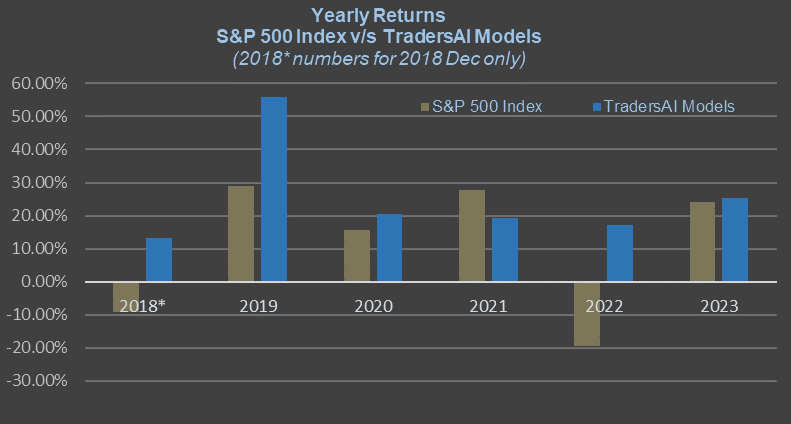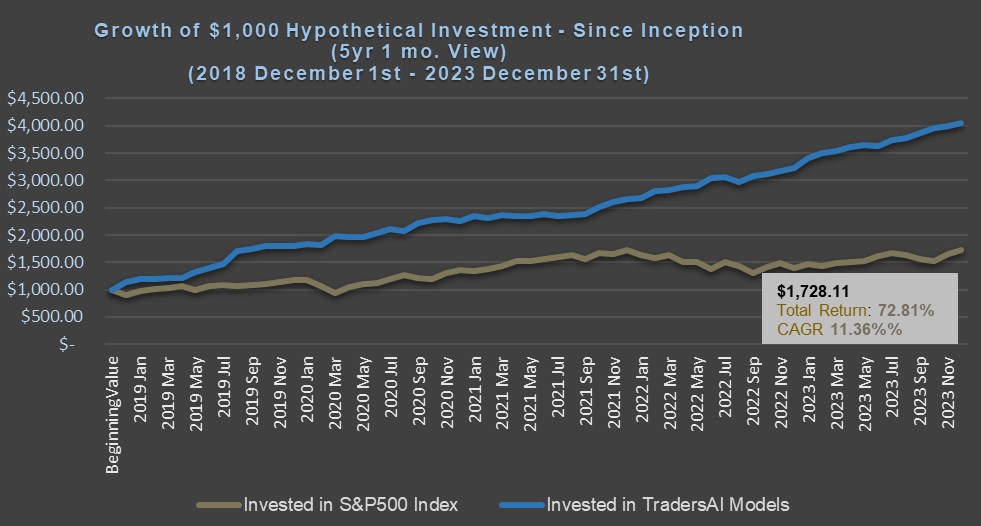
Note: Our daily “S&P 500 Outlook, Forecast, and Trading plan” will be posted around 9:00am EDT, every trading day.
For the Outlook, Forecast, and Trading Plans published this morning, please click here
For the last published Results of the Morning Trading Plans, please click here.
THE GIST (“THE WHAT”)
With trade woes back to the forefront, the S&P 500 index erased the week’s gains as investors sold off riskier assets going into the weekend amid pessimism over U.S. – China trade negotiations. A third straight session drop in Netflix Inc. also weighed down heavily on the index.
Hovering near all-time highs during the early session following reports of additional stimulus by China’s central bank for the second month in a row, the index took a sharp leg lower after President Trump said that there is no need for a trade deal with China before the 2020 election. Chinese officials canceled their planned visit to farms in Montana, further stoking trade jitters.
Attempting to stabilize during the afternoon session, the index pulled back during the last hour of the trading to close near session lows at 2992.07, down 14.72 points and losing 0.49% over previous session’s close. Eight out of the eleven primary sectors closed lower, with Technology and Consumer Discretionary leading the declines.
THE DETAILS (The “How & Why”):
With dwindling prospects of global economic growth, several central banks announced monetary stimulus this week. China’s People’s Bank of China lowered its benchmark interest rate for the second month in a row, boosting risk appetite at the session open. Renewed trade tensions, however, overshadowed the optimism, pushing the index to session lows.
At a press conference, President Trump said that he is not looking for a partial trade deal with China and that there is no need to strike a deal before 2020 presidential elections. Stocks were sold-off sharply after Chinese officials canceled their planned visit to farms in Montana. Technology and Consumer Discretionary led the decliners, down 1.12% and 1.17%, respectively.
Xilinx Inc. was the worst performer of the session, tumbling 6.8% following stock downgrades by Bank of America Merrill Lynch. Western Digital Corp, Qualcomm Inc., NVIDIA Corp, Broadcom Inc. and Microchip Technology all closed more than 2% lower. Netflix Inc. led the FAANG components lower, falling 5.53% to its nine month lows after its CEO acknowledged the increasing competition in the video-streaming industry with Disney and Apple entering into this space.
Meanwhile, Treasury yields fell amid growing pessimism around potential U.S. – China trade deal before the 2020 elections, logging their worst weekly loss in a month. The 10-year yield settled five basis points lower to 1.723%. Markets also monitored the New York Fed’s repo action for the fourth day in a row in an attempt to avert liquidity crunch in financial system and avoid sharp moves in the overnight repo rate which had spiked to 10% on Tuesday. Financials were another major drag on the index, closing 0.64% lower.
Investors favored dividend-paying defensive stocks alongside sliding yields. Health Care and Utilities posted modest gains of 0.60% and 0.37%, helping to limit losses within the broader index. Energy stocks also managed to buck the trend with oil prices settling the wild week modestly higher.




